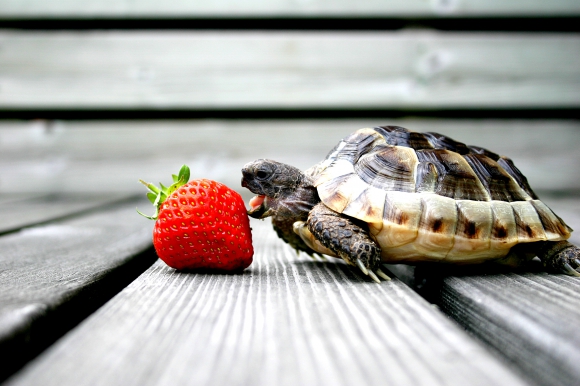


ASK US
Metabolic Bone Disease
What is Metabolic Bone Disease? Metabolic bone disease (MBD) is a common condition that occurs when there’s an improper balance of vitamins, minerals, and nutrients making up the reptile’s bones. This disorder is commonly associated with dietary levels of calcium or vitamin D being too low, phosphorous levels being too high, and/or when inadequate exposure to ultraviolet-B wavelengths of light hinders normal vitamin D production and calcium metabolism within a reptile’s body.
MBD is most commonly seen in lizards, turtles, and tortoises. However, the disease can also be observed in amphibians and snakes.
What are the signs of metabolic bone disease?
Affected reptiles frequently exhibit signs of weakness or lethargy such as reluctance to move, decreased appetite, and weight loss.
A host of additional signs can be seen in Lizards and Chelonian:
- Pliable jaw bones
- Swollen legs, swollen jaw
- Leg or tail fractures
- Soft or misshapen shell that may appear too small for the body
- Uneven scute growth
- Overgrown beak and nails
How will your veterinarian diagnose metabolic bone disease?
Dietary and caging history as well as physical exam findings can lead your veterinarian to strongly suspect MBD. X-rays and/or blood work may also be necessary.
How to combat metabolic bone disease?
A reptile that is only mildly affected by metabolic bone disease will usually completely recover with dietary improvements, calcium and vitamin D supplements, and greater access to full-spectrum ultraviolet light. More severe cases may require calcium and vitamin D injections, oral supplements, fluid therapy, and nutritional support.
In many reptile species, vitamin D3 is produced by the skin after sunlight exposure, which is replicated in captivity with ultraviolet (UVB) lighting. It is very important to make sure a UVB lamp is part of their cage setup. UVB bulbs also degrade over time, so timely bulb replacement is important. We recommend changing the bulb every 4-6 months.
If a lack of UVB lighting isn’t the problem, insufficient calcium in a pet’s diet is another common cause of MBD. Feeder insects should be raised on a nutritious diet, gut-loaded with healthy calcium rich food prior to being fed to reptiles.
Gut loading is the process by which an animal's prey is raised and fed nutritious foods with the intention of passing those nutrients to the animal for which the prey is intended. ... Insects that are raised commercially for the pet trade are themselves of little nutritional value. After gut loading the feeder insects, you should allow the crickets about 24 hours to absorb the vitamins and minerals from this healthy meal. Then, you supply those gut-loaded crickets to your pet.
Be careful not to overuse calcium and vitamin D supplements, as it may result in other medical issues that can be just as serious as those associated with metabolic bone disease. Other calcium-rich foods for herbivores include cabbage, kale, okra, sprouts, bok choy, alfalfa, squash, berries, and cantaloupe.
If you think your pet is displaying symptoms of metabolic bone disease, please call our office at 920-498-2808.



